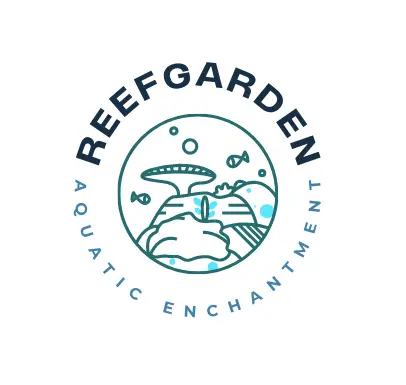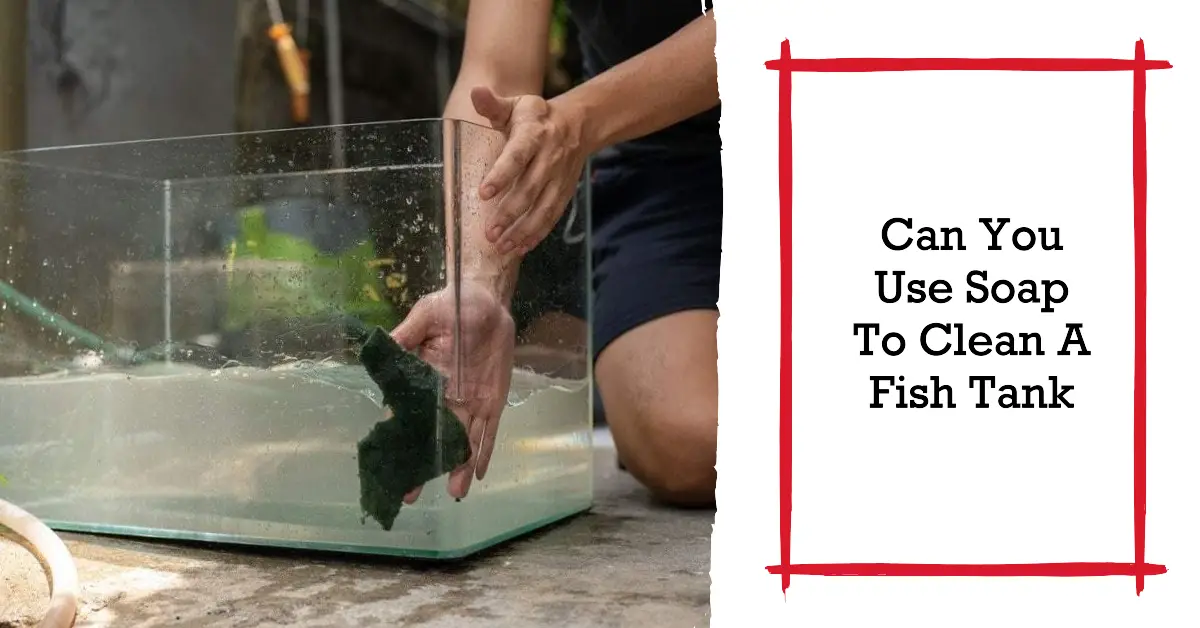Cleaning a fish tank is an essential task for every fish owner. However, using soap to clean a fish tank is not recommended.
Soap contains chemicals that can be toxic to fish and other aquatic creatures. Even a small amount of soap can be harmful to fish, and it can destroy the ecosystem of a fish tank.
When soap is used to clean a fish tank, it can leave residue on the tank’s surface, which can harm fish and other aquatic creatures. The residue can also affect the pH level of the water, making it unsuitable for fish.
Moreover, using soap can damage the beneficial bacteria that help to maintain the nitrogen cycle in the tank, which can lead to the death of fish.
It is essential to note that using soap to clean a fish tank is not only harmful to fish but also to other aquatic creatures that live in the tank.
Snails, crabs, and shrimp are also susceptible to the harmful effects of soap. Therefore, it is crucial to avoid using soap when cleaning a fish tank.
Why Using Soap Is Not Recommended
When it comes to cleaning a fish tank, many people assume that using soap is a quick and easy cleaning solution. However, using soap to clean a fish tank is not recommended due to the following reasons:
- Soap is toxic to fish and other aquatic creatures: Even traces of soap can be deadly for fish.
Detergents can cause severe damage to fish gills, affect the insects that fish eat, and remove the protective waxes that cover the insects, making them easier for them to eat.
Therefore, using soap to clean a fish tank can harm the delicate ecosystem of the aquarium and put the fish’s health at risk. - Soap residue is hard to remove: Even if you rinse the tank thoroughly after using soap, it is hard to remove all the soap residue.
The leftover soap can stick to the tank’s surface, decorations, and gravel, which can harm the fish when they come into contact with it.
Soap residue can also affect the water chemistry of the aquarium, leading to imbalances in pH, ammonia, and nitrate levels. - Soap can damage the tank’s silicone sealant: If you use soap to clean a fish tank, it can damage the silicone sealant that holds the tank together.
Soap can weaken the sealant’s adhesive properties, causing it to break down over time. This can lead to leaks and cracks in the tank, which can be dangerous for the fish and can cause water damage to your home.
Proper Ways to Clean a Fish Tank
Cleaning a fish tank is an essential task to keep the aquatic environment healthy and safe for the fish. Here are some proper ways to clean a fish tank:
Using Algae Scrubbers
Algae scrubbers are an effective way to clean the interior of the fish tank. They can remove algae and other debris from the glass without scratching or damaging it. To use an algae scrubber, follow these steps:
- Turn off all electrical equipment in the tank.
- Use an algae scraper pad to clean the interior of the tank.
- Rinse the pad with clean water after each use.
- Use a filter brush to clean the filter and remove any debris.
Water Replacement
Water replacement is essential to maintain the quality of the water in the fish tank. It helps to remove excess nutrients, waste, and other harmful substances from the tank. To replace the water, follow these steps:
- Turn off all electrical equipment in the tank.
- Use a siphon hose to remove the old water from the tank.
- Refill the tank with fresh water that has been treated with a chlorine remover or aquarium water conditioner.
- Turn on the equipment and let the tank settle for a few hours before adding fish.
Aquarium Vacuum
An aquarium vacuum is a useful tool for cleaning the gravel and removing debris from the bottom of the tank. It can also help to remove excess waste and other harmful substances from the water. To use an aquarium vacuum, follow these steps:
- Turn off all electrical equipment in the tank.
- Place the vacuum in the tank and move it around to clean the gravel.
- Use a bucket to collect the dirty water from the vacuum.
- Refill the tank with fresh water that has been treated with a chlorine remover or aquarium water conditioner.
- Turn on the equipment and let the tank settle for a few hours before adding fish.
Alternatives to Soap for Cleaning
There are several alternatives to soap that can be used to clean a fish tank.
Vinegar
Vinegar is a natural cleaning agent that can be used to clean a fish tank. To use vinegar, mix one part vinegar with three parts water and use a soft cloth or sponge to scrub the tank. Rinse the tank thoroughly with water before refilling it.
Baking Soda
Baking soda is another natural cleaning agent that can be used to clean a fish tank. To use baking soda, mix one tablespoon of baking soda with one gallon of water and use a soft cloth or sponge to scrub the tank. Rinse the tank thoroughly with water before refilling it.
Aquarium Cleaning Products
Aquarium cleaning products are specifically designed for cleaning fish tanks. These products are safe for the fish and can be used to remove algae, mineral deposits, and other debris from the tank.
When using aquarium cleaning products, it is important to follow the instructions carefully and rinse the tank thoroughly with water before refilling it.

